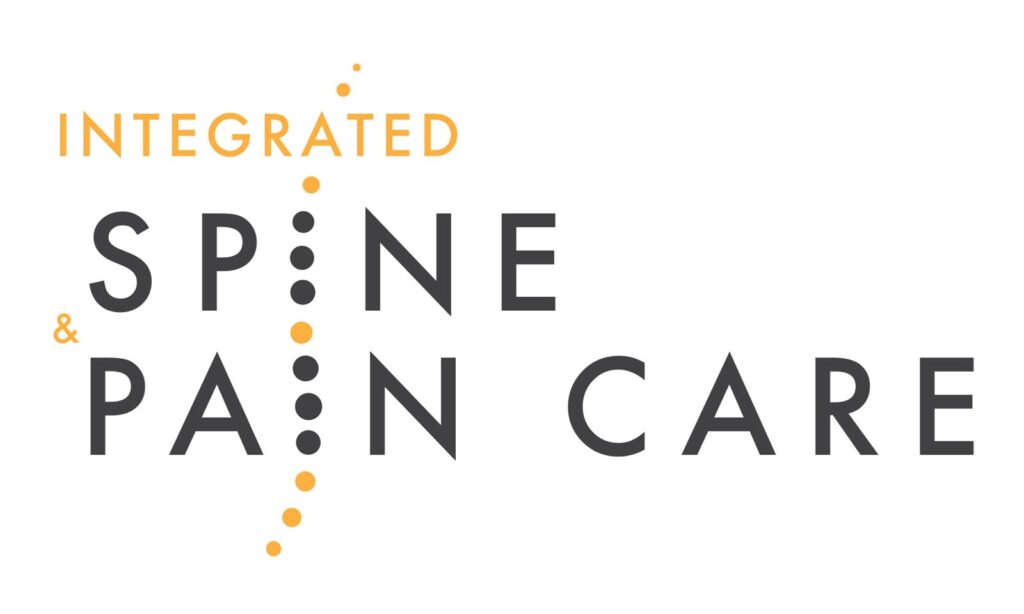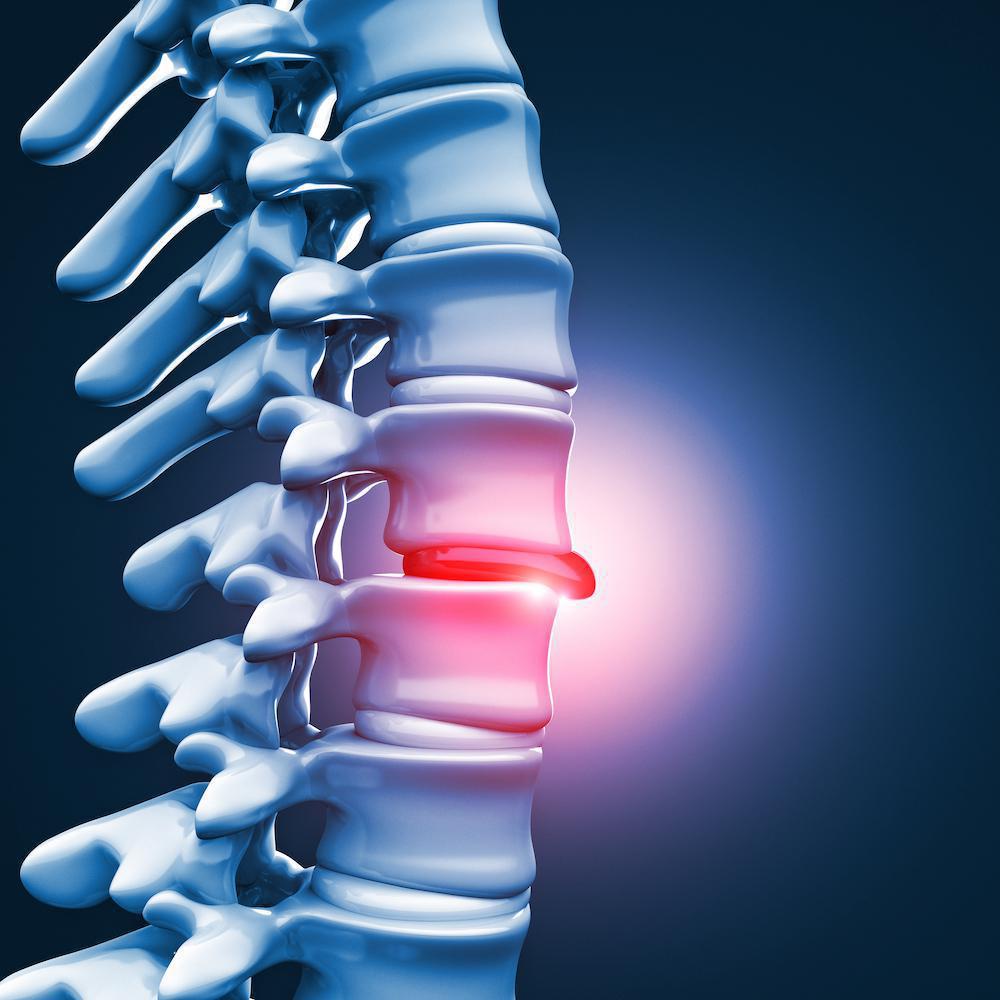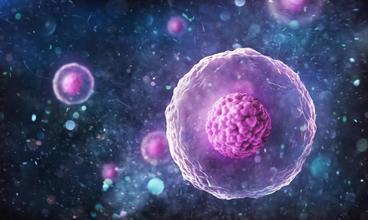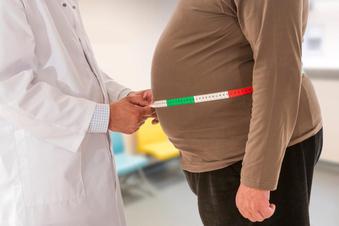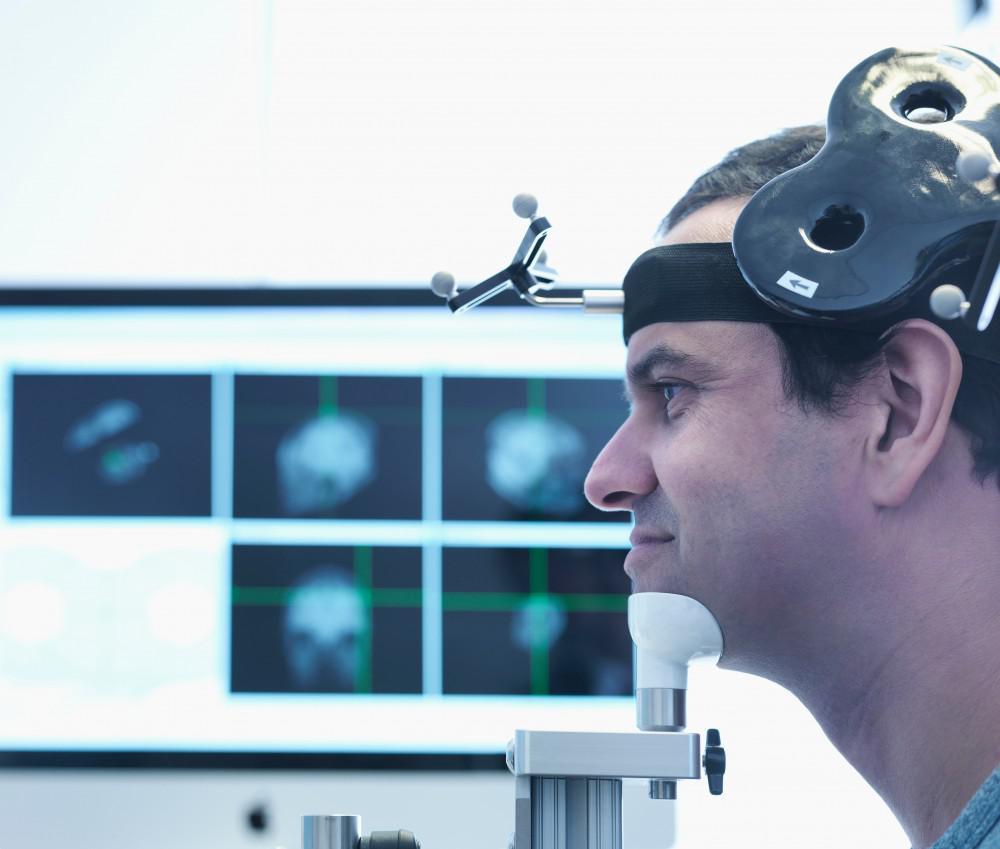Understanding Your Treatment Options for Herniated Disc Pain Millions of Americans are affected by herniated disc pain every year. If you’re one of them, these treatment options could help you feel better — and prevent more serious problems. Feb 1st, 2023
Learn more about TMS and Ketamine Treatments.
How To Treat a Bulging Disc

At Integrated Spine and Pain Care, we specialize in treating a wide range of pain-related conditions. Specifically, the spine is one of our primary areas of focus when it comes to pain management. A common spinal condition that our doctors treat is bulging and herniated discs. Our pain doctor near Levittown will work to set up an effective treatment plan for any injury or pain you may be enduring!
What is a Bulging Disc?
A bulging disc is a spinal injury that results when an intervertebral disc loses its shape, resulting in compression of one of the spinal nerves. An intervertebral disc in the spine acts as a cushion or shock absorber between vertebrae in the spinal column. Ultimately, intervertebral discs act to keep the vertebrae separated upon impact. When a disc becomes “bulged,” it has experienced a change in shape, resulting in pain and discomfort. A bulging disc can occur in any area of the back, whether it be the lumbar spine, thoracic spine, or the cervical spine.
What are the symptoms?
There are an innumerable amount of stimulants for back pain, which is why a bulging disc can often be difficult to diagnose. Additionally, each person may experience the symptoms of a bulging disc differently, if at all. In some cases, the pain of a bulging disc may not even be felt in the patient if it has not yet reached a state of herniation. For this reason, it can be easy to overlook a case of bulging disc before it worsens to the point of herniation. The location of the bulging disc may cause the symptoms to differ as well. Whether it is located in the lumbar spine, the thoracic spine or the cervical spine can affect the level, severity, and location of the pain. Commonly, the symptoms are expressed by location as follows:
- Lumbar Spine: The lumbar spine, or lower back, is where most people suffering from a bulging disc will experience symptoms. However, symptoms from a bulging disc arising from the lumbar area can also be expressed in other areas of the body such as the feet, thighs, buttocks, and lower spine. Commonly, the sensation felt can be described by the following symptoms:
- Pain.
- Tingling.
- Numbness.
- Burning.
- Weakness.
- Difficulty walking.
- Thoracic Spine: The thoracic spine is also described as the upper and mid-back areas. A bulging disc in the thoracic area is the least common of the three. Like a bulging disc in the lumbar spine, symptoms are often experienced in other areas of the body aside from the back. Symptoms associated with a thoracic bulging disc may include the following:
- Pain in the upper back.
- Pain originating in the upper back, spreading through to the chest or stomach.
- Muscle spasms.
- Cervical Spine: The cervical spine is essentially the neck area. Similar to the other two locations, a bulging disk in the cervical spine can affect other parts of the body such as the arms, hands, head, and neck. The expression of the symptoms associated with a cervical bulging disc is very similar to that of a lumbar one. For example, any sensation felt in the affected areas can be described as containing the following:
- Pain.
- Tingling.
- Numbness.
- Burning.
- Weakness.
- How is it treated?
If a bulging disc is diagnosed before becoming herniated, several non-surgical methods can be successful in treating the condition. In the majority of cases, the treatment of an early bulging disc will consist of lifestyle changes and pain management techniques. Among the most common forms of treatment and recommended lifestyle changes are the following:
- Changing body positioning and associated behaviors: A pain doctor near Levittown may recommend this simple lifestyle change to reduce pain and discomfort. Sitting, sleeping, and posture are all forms of body positioning and behaviors that are taken into account when making necessary changes. One of these factors may be contributing to the cause of the bulging disc, so changing them can help to stop the condition from worsening.
- Physical therapy: Physical therapy may also be recommended by your pain doctor near Levittown to help regain lost mobility and range of motion, as well as to increase the level of strength in the back muscles.
- Weight reduction and exercise: If a bulging disc is a result of the patient being overweight, the doctor may then set up a personalized weight reduction and exercise plan to reduce the strain being placed on the back. Exercise can also be beneficial in reducing pain in the area.
- Tape or brace: A pain doctor may also recommend taping or putting a brace on the area to help support the area.
- Medications: For those experiencing less severe pain, anti-inflammatory medications can help manage the pain. Similarly, heating pads and ice packs are other simple ways that pain can be managed in milder cases of a bulging disc.
Treatment methods vary from patient to patient and can change based on the level of severity. At Integrated Spine and Pain Care, a pain doctor near Levittown will work to assess the severity of any bulging disc and create a personalized treatment plan to get patients back to living a pain-free life!
Contact a pain doctor near Levittown today!
At Integrated Spine and Pain Care, we understand how difficult life can be when trying to manage back pain. If you believe you are suffering from a bulging disc, our services can help you before the problem worsens to the point of herniation. Don’t continue to go through life with unnecessary back pain, contact our pain doctor near Levittown today!
You Might Also Enjoy...
Stem Cell Therapy: An Innovative Way to Treat a Variety of Issues Your body possesses some amazing healing powers. Think about how quickly a paper cut heals. What if that power could be harnessed and directed? Stem cell therapy does just that. Jan 11th, 2023
Why Wait Until the New Year? 5 Good Reasons to Start Your Medical Weight Loss Program Now With medical weight loss support, you can achieve lasting, healthy weight loss. Why wait to get started? Here’s what you need to know about starting your weight loss journey now. Dec 1st, 2022
Use of Ketamine for Pain Management in Hospice Care Pain management is a vital part of supportive care in hospice. Ketamine is a novel option that can be used alone or in combination with opioids to keep patients who are experiencing refractory pain comfortable. Nov 2nd, 2022
What Is Transcranial Magnetic Stimulation and What Does It Treat? Transcranial magnetic stimulation (TMS) is changing the game in treating mental illness, chronic pain, and more. If you or someone you care about lives with a treatment-resistant condition, you should know about this option. Oct 10th, 2022
If You're Living With Fibromyalgia Pain, Ketamine Can Help The symptoms of fibromyalgia can be so widespread that they affect you daily. If you’re ready to find some relief — especially if other treatments have failed — it may be time to consider ketamine infusions. Sep 1st, 2022
Powered by CRAMMAZE
